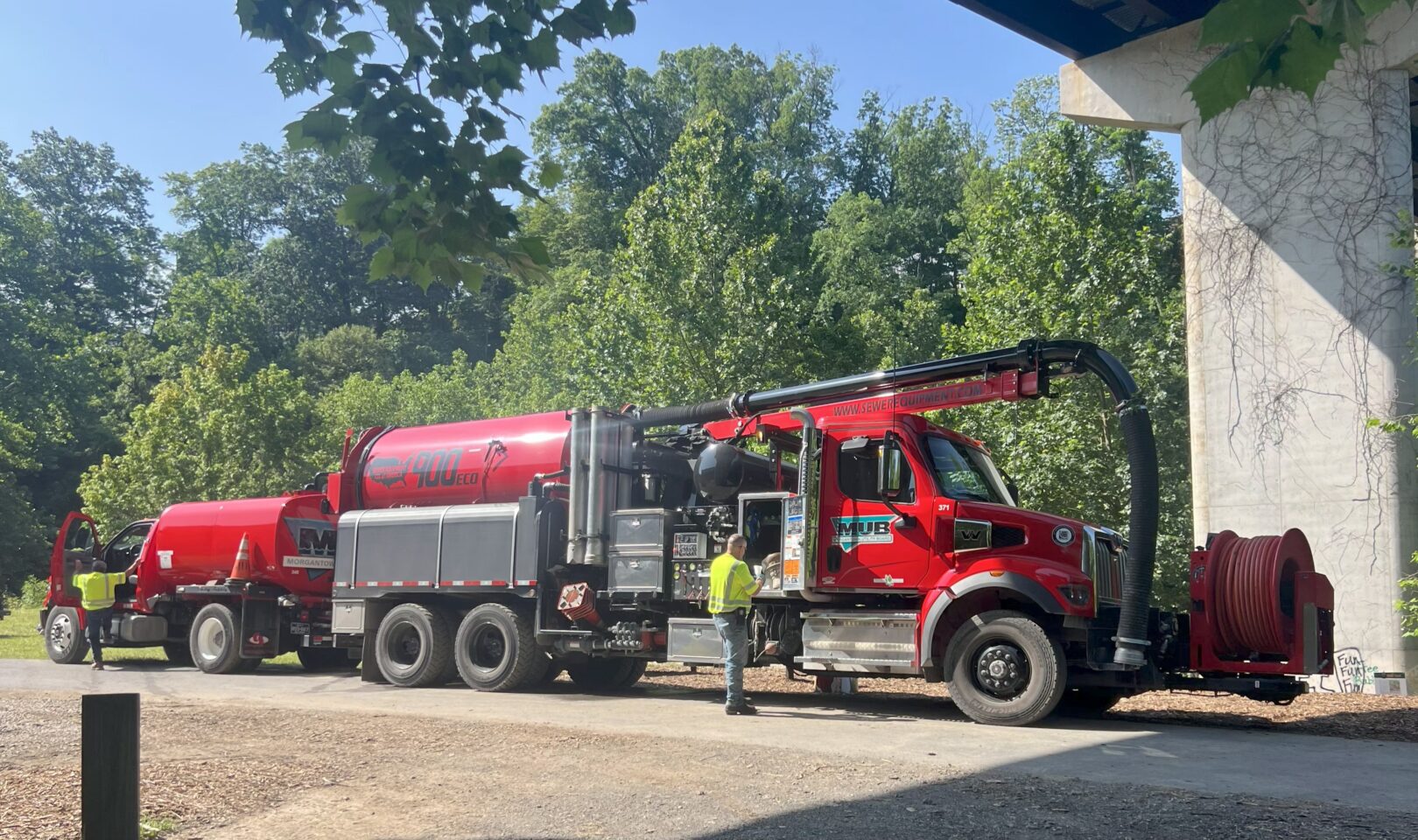Much like a cardiologist, the Morgantown Utility Board is concerned with the intake of fat, oil and grease – and for similar reasons.
They tend to gum up the works.
As part of the utility board’s NPDES, or National Pollutant Discharge Elimination System, permitting process, MUB is taking a look at what General Manager Mike McNulty has identified as “the number one issue” when it comes to backups in the sewer collection system.
Collectively known as FOGs, McNulty said MUB is seeing an increase in the amount of fat, oil and grease being dumped directly into its system.
While it’s advised nobody knowingly pour grease or oil down the drain, the scale of the issue faced by MUB indicates it’s originating at restaurants, which are required to have functional grease traps that are regularly checked and emptied.
According to McNulty, MUB has started working with the Monongalia County Health Department. Through its environmental health program, MCHD conducts regular inspections of food service facilities within the county.
“We’re just trying to start the process to make our customers that do have grease traps more aware of what their responsibilities are in keeping everything in good working order so those fats and oils don’t overflow into the sewer collection system,” McNulty said. “MUB staff will be visiting the different restaurants. I think we’ve identified about 241 locations with restaurants and cafeterias, and I think MUB and the health department will make those inspections, in some instances, together.”
It was explained that restaurants typically contract with an outside service that pumps out the grease trap periodically. McNulty said checking manifests to verify regular servicing is part of the inspection process.
McNulty indicated MUB already has a good idea where some of the issues are starting.
“Yes, we do have some of that data,” he said. “We do some regular, routine flushing on some lines … and we do know where some of the problems originate from.”
Dubbed “fatbergs,” subterranean blockages made up of FOGs and other known culprits, like “flushable” wipes, cause untold millions in property, infrastructure and environmental damage around the globe every year
It’s estimated that 50% of sewer blockages in the U.S. are FOG-related.
On Monday, MUB dispatched a work crew with a vacuum truck to the Deckers Creek Rail Trail to clear a manhole that had become obstructed by grease.
A small, local instance of what can become a very large problem.
In one notable example from 2017, congealed grease restricted a midtown sewer main in Baltimore, pushing more than 1.2 million gallons of sewage into the Jones Falls River.
The following year, workers in Macomb County, Michigan discovered an 11-foot wide, six-foot tall blockage that stretched for more than 100 feet.
Small potatoes compared to the estimated 130-ton mass that plugged London’s sewer system around that same time, requiring weeks of around-the-clock attention from specially-outfitted crews. A section of the 820-foot-long “Whitechapel Fatberg” is on display at the London Museum.


